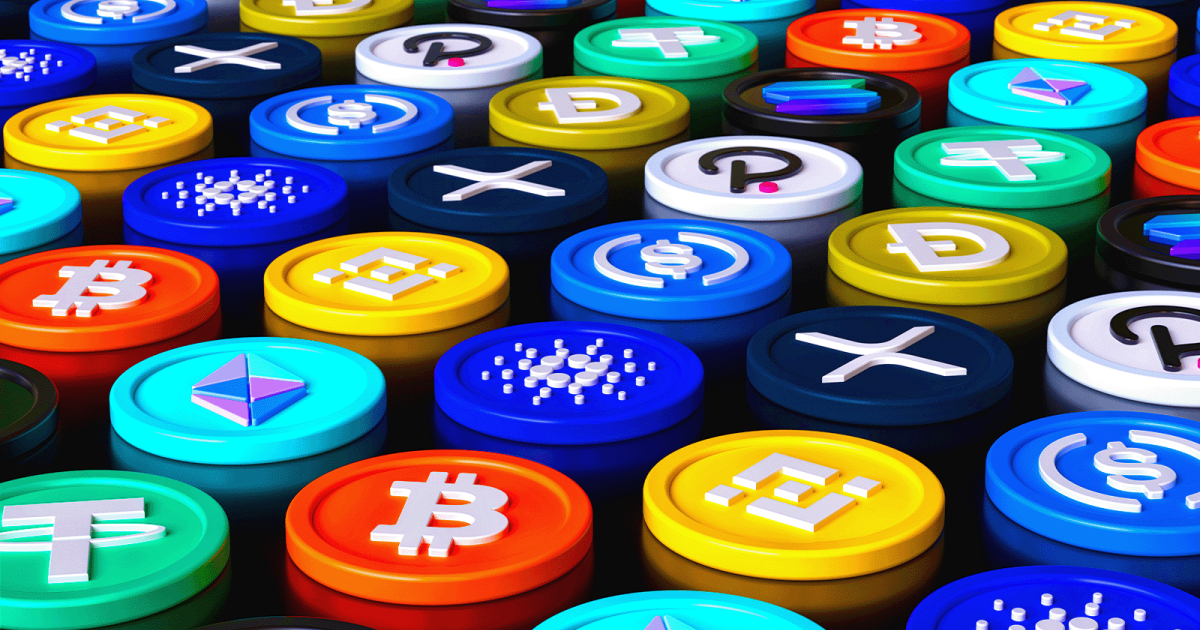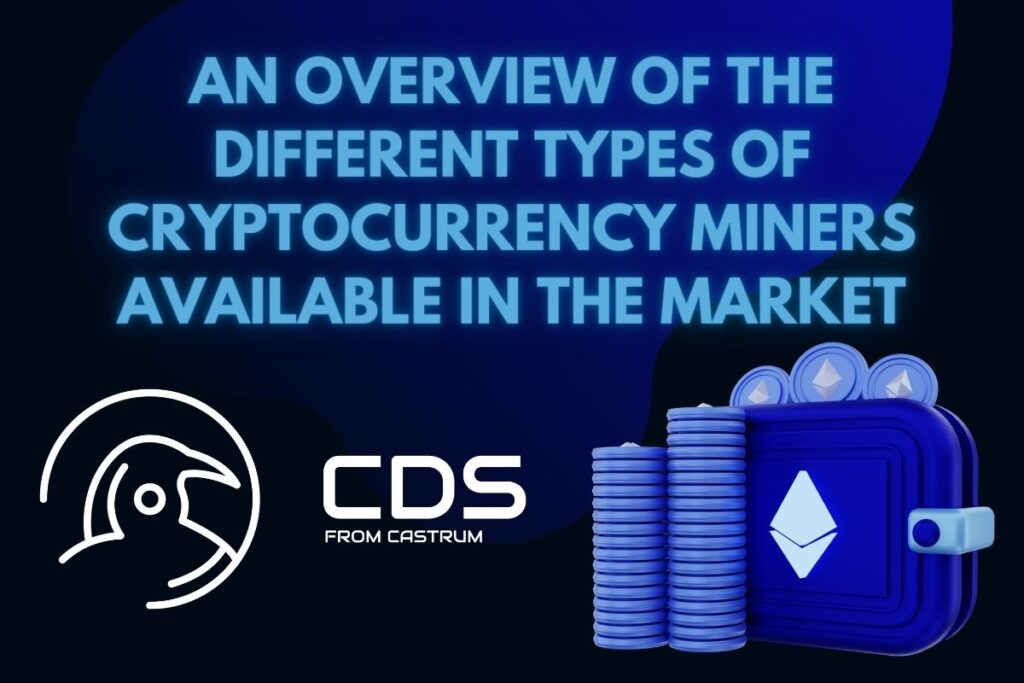All the cryptocurrencies
A cryptocurrency’s market cap increases when its price per unit increases. Alternatively, an increase in circulating supply can also lead to an increase in market cap 10 deposit casino. However, an increase in supply also tends to lead to a lower price per unit, and the two cancel each other out to a large extent. In practice, an increase in price per unit is the main way in which a cryptocurrency’s market cap grows.
A distributed ledger is a database with no central administrator that is maintained by a network of nodes. In permissionless distributed ledgers, anyone is able to join the network and operate a node. In permissioned distributed ledgers, the ability to operate a node is reserved for a pre-approved group of entities.
With a blockchain, it’s possible for participants from across the world to verify and agree on the current state of the ledger. Blockchain was invented by Satoshi Nakamoto for the purposes of Bitcoin. Other developers have expanded upon Satoshi Nakamoto’s idea and created new types of blockchains – in fact, blockchains also have several uses outside of cryptocurrencies.
TThe data at CoinMarketCap updates every few seconds, which means that it is possible to check in on the value of your investments and assets at any time and from anywhere in the world. We look forward to seeing you regularly!
At the time of writing, we estimate that there are more than 2 million pairs being traded, made up of coins, tokens and projects in the global coin market. As mentioned above, we have a due diligence process that we apply to new coins before they are listed. This process controls how many of the cryptocurrencies from the global market are represented on our site.
All the cryptocurrencies
A token is a digital asset created on an existing blockchain platform. They represent various types of assets or utilities. Tokens are not native to the blockchain they’re built on and can include utility tokens, security tokens, or non-fungible tokens (NFTs). Examples of tokens are Uniswap (UNI), Binance Coin (BNB) and Chainlink (LINK).
People invest in cryptocurrencies for various reasons, including financial freedom, supporting blockchain technology, participating in decentralized finance (DeFi) ecosystems, exploring new investment opportunities, owning digital collectables (NFTs), hedging against traditional markets, and fostering global economic inclusion. These unique qualities and potential offered by digital assets attract individuals seeking to diversify their portfolios and contribute to technological innovation.
Here at CoinMarketCap, we work very hard to ensure that all the relevant and up-to-date information about cryptocurrencies, coins and tokens can be located in one easily discoverable place. From the very first day, the goal was for the site to be the number one location online for crypto market data, and we work hard to empower our users with our unbiased and accurate information.

A token is a digital asset created on an existing blockchain platform. They represent various types of assets or utilities. Tokens are not native to the blockchain they’re built on and can include utility tokens, security tokens, or non-fungible tokens (NFTs). Examples of tokens are Uniswap (UNI), Binance Coin (BNB) and Chainlink (LINK).
People invest in cryptocurrencies for various reasons, including financial freedom, supporting blockchain technology, participating in decentralized finance (DeFi) ecosystems, exploring new investment opportunities, owning digital collectables (NFTs), hedging against traditional markets, and fostering global economic inclusion. These unique qualities and potential offered by digital assets attract individuals seeking to diversify their portfolios and contribute to technological innovation.
Are all cryptocurrencies mined
The efficiency of the mining hardware is also a crucial factor in determining mining profitability. Mining hardware can be expensive, so miners must balance the cost of the hardware with the potential rewards it can generate. Another factor to consider is the cost of electricity; if it’s too high, it could outweigh earnings and make mining unprofitable.
Mining pools are groups of miners who pool their resources (hash power) to increase their chances of winning block rewards. When the pool successfully finds a block, the miners in the pool share the reward according to the amount of work they each contributed.
PoW is the original blockchain consensus mechanism created by Satoshi Nakamoto and was introduced in the Bitcoin whitepaper in 2008. In a nutshell, PoW determines how a blockchain network reaches consensus across all distributed participants without third-party intermediaries. It does so by requiring significant investments in electricity and computing power to disincentivize bad actors.

The efficiency of the mining hardware is also a crucial factor in determining mining profitability. Mining hardware can be expensive, so miners must balance the cost of the hardware with the potential rewards it can generate. Another factor to consider is the cost of electricity; if it’s too high, it could outweigh earnings and make mining unprofitable.
Mining pools are groups of miners who pool their resources (hash power) to increase their chances of winning block rewards. When the pool successfully finds a block, the miners in the pool share the reward according to the amount of work they each contributed.
PoW is the original blockchain consensus mechanism created by Satoshi Nakamoto and was introduced in the Bitcoin whitepaper in 2008. In a nutshell, PoW determines how a blockchain network reaches consensus across all distributed participants without third-party intermediaries. It does so by requiring significant investments in electricity and computing power to disincentivize bad actors.
